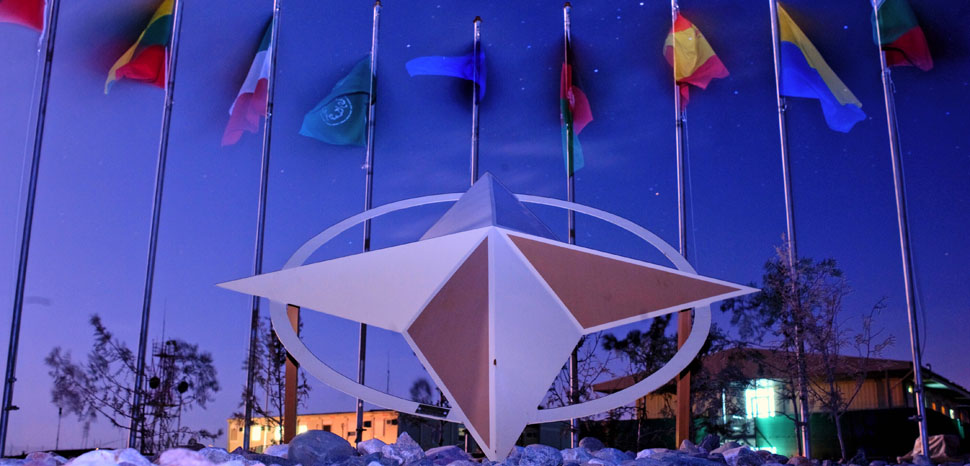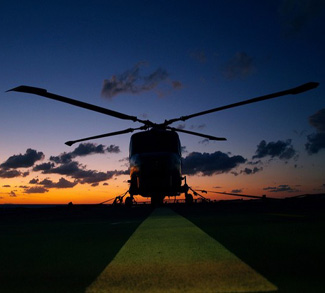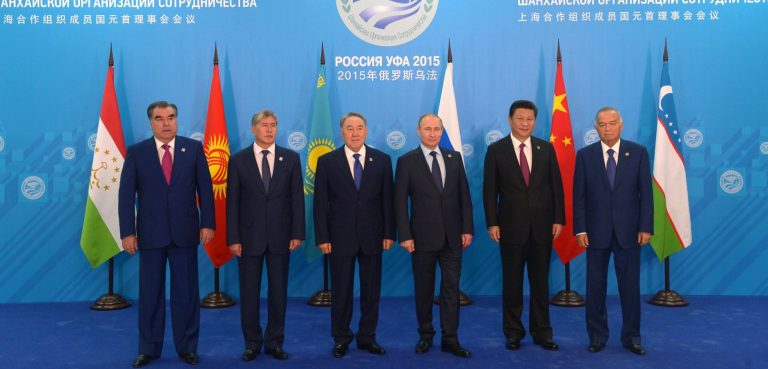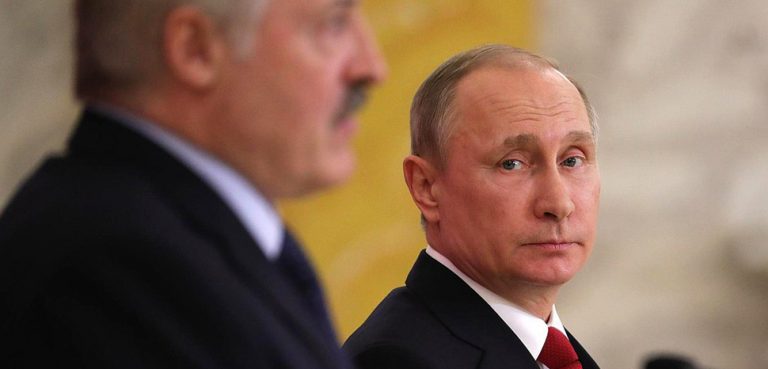For decades, it has been common wisdom that the growing asymmetry in military power between the United States and its NATO Allies constitutes a serious problem in the transatlantic security relationship. After all, allies who can no longer cooperate militarily risk deviating politically as well. Retaining the ability of NATO allies to make meaningful military contributions to common operations thus remains a key priority. Fifteen years ago, when the Iraq war divided NATO and some even talked of the end of the Atlantic Alliance, veteran journalist Jim Hoagland remained calm. Predictions about the imminent demise of NATO had been around for ages, he said during a brainstorm with NATO ambassadors. And, with a wink, he even put some of the blame on fellow journalists: “Whenever we at the Washington Post have a slow news day, we publish a ‘whither NATO?’ piece.” The dissolution of the Atlantic Alliance would mean the end of transatlantic collective defense. Europe would have to provide for its own security without the United States.
For some Euro-enthusiasts, who have long sought Europe’s “emancipation” from the United States, such a prospect might seem like a dream come true. For others who still view the transatlantic community as a unique and indispensable achievement, it would look like a nightmare.
NATO’s capabilities (at least on paper) would be sufficient to fulfill its mission of resolving regional crises and deterring Russia, even without involvement from the United States. Last year, according to NATO, the European allies had 1.78 million military personnel, compared with the U.S.’s 1.3 million. Russia has about one million active personnel. Mobilizations could change this balance, but NATO Europe, with almost 7,000 main battle tanks, 2,612 combat-capable aircraft, and 382 attack helicopters, would be able to stand up to Russia in a full-scale conflict. France and the U.K. both possess aircraft carriers; Russia only has one.
Trump has appeared to suggest he has the power to withdraw the U.S. from NATO without the approval of Congress. In fact, the organization was established by a formal and binding treaty, which means Trump cannot use his executive power to pull America out of the alliance, in contrast with other international agreements such as the Iran nuclear deal or the Paris climate agreement, both of which President Trump has withdrawn from.
What if Trump is playing a different game altogether? Remember, Trump has been calling NATO a waste of money for decades. “America has no vital interest” in Europe, he wrote in 2000: “Their conflicts are not worth American lives. Pulling back from Europe would save this country millions of dollars annually. The cost of stationing NATO troops in Europe is enormous. And these are clearly funds that can be put to better use.” During his election campaign, he refused to reaffirm any commitment to NATO’s Article 5 security guarantee. During his first NATO summit last year, he again refused to reaffirm Article 5, though an administration official had promised he would. He has repeatedly gone out of his way to insult NATO allies, including the British prime minister as well as the German chancellor, even accusing Angela Merkel — in what looks like a classic case of projection, in advance of his summit with Russian President Vladimir Putin — of allowing Germany to be “controlled” by Russia.
While decisions on the NATO Council have to be made unanimously, meaning in that respect Latvia is as powerful as the U.S., the budgetary and force contributions tell a different story. The U.S. is by far the largest contributor to NATO in terms of its budget AND forces to the alliance. It has been a long-held frustration by the U.S. that European nations for the most part consistently refuse to meet at least the NATO standard of 2% of GDP. The way the Washington sees it, and somewhat justifiably, Europe has been freeriding under the US security umbrella, allowing them to maintain a token level of defense spending (with the exception of a few). For all the talk of US imperialism, the U.S. could probably be persuaded to contribute less to European security if European countries took on more responsibility.
President Trump is certainly ruder than previous American leaders have been in decrying the shortfalls of their European allies, but the aggravation has long been widespread and is still growing. Americans of all political stripes believe it is long past time for Europe to stop indulging in post-Cold War defense cuts. Every US president of the past thirty years—actually longer, for the plaint goes back to the early years of the Nixon administration—has dreamt up a NATO initiative to cajole greater defense expenditures out of European allies. Defense Secretary Robert Gates’s dire warning in 2011 that American patience was wearing thin went largely unheeded; the European reaction to Secretaries Mattis and Tillerson’s messages that the time has come to meet the 2 percent spending obligation has been “How dare they?” not “How dare we?” As this round of the dispute rumbles forward, it is sure to seize on the fact that the obligation undertaken at the 2014 Wales NATO summit is only to “aim to move toward the 2% guideline within a decade.” There is technically no legal obligation to actually meet the requirement by 2024.
A more political NATO is not without risk. It will put additional burdens on an Alliance that is already heavily taxed by its day-to-day operational demands. Moreover, inviting more debate might well result in inviting more division. After all, dialogue will not always facilitate consensus, but might also deepen existing rifts. Some will argue that a more political NATO risks wandering on classical EU turf, thereby increasing rather than diminishing the tensions between the two organizations.
And yet I foresee new attempts at transforming the EU-NATO relationship from an expediency-based paradigm to a cooperation-based future partnership. In today’s insecure world, the EU has set out to take a more active role in ensuring the protection of the EU and its citizens. NATO is a major and logical partner in this context. Both organizations started in 2016 to develop a program of deeper cooperation, where their strengths and assets complemented and reinforced one another. The outcome of this cooperation is a more effective use of public money, but it also helps take EU defense and security beyond the levels that either the EU or NATO could achieve if acting in isolation. The pragmatists hold that EU and NATO can mobilize a broad range of tools and make the most efficient use of resources to address security challenges and enhance the security of their citizens. This is also reflected in the areas of cooperation, which include among others countering hybrid as well as cyber threats, coordinated exercises, as well as capacity building such as military mobility.
The opinions, beliefs, and viewpoints expressed by the authors are theirs alone and don’t reflect the official position of Geopoliticalmonitor.com or any other institution.




